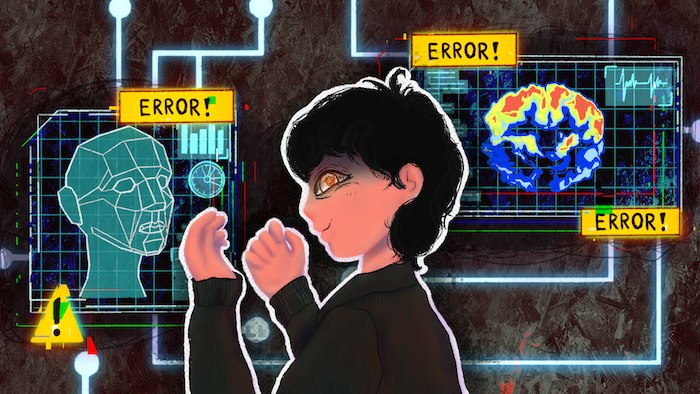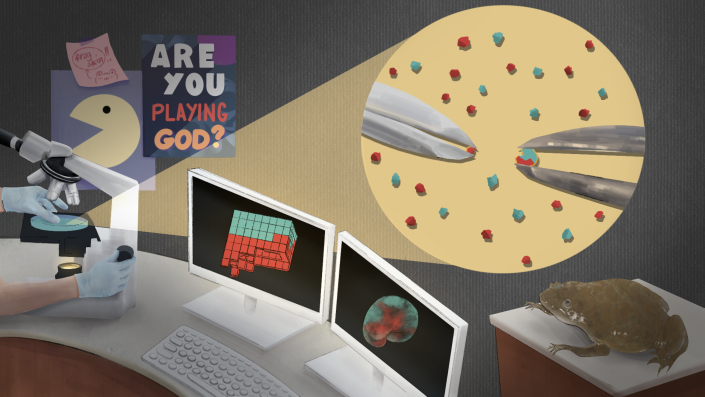The unsatiable desire for expansion is driving reclamation activities in Manila Bay, yet this process guzzles an alarming amount of sand, damaging the environment.
Author: Gabrielle Lema
Shining the light on life beyond death
Near death experiences have fascinated people for centuries. Neurological studies tell us if these are simply cerebral illlusions or ethereal glimpses of the afterlife.
The depletion of the ozone layer has become overshadowed by other issues. But has our efforts been enough or do more extensive measures need to be taken for its restoration?
Deemed as crazed, psychopathic individuals, serial killers are straight out of a thriller film—and neurological studies give explanations for their behavior.
Grief is more than an emotion—it is a biological response and has physical effects one cannot simply get rid of.
From braving strong typhoons to reporting militant crossfire, a trauma journalist’s job is the relentless pursuit of truth despite the danger.
Showcasing various principles and areas in industrial engineering (IE), the Industrial Management Engineering Society (IMES) held its two-day webinar titled Pioneering What’s Next last June 3 and 4 via Facebook Live. Featuring local and international speakers, the webinar tapped into the importance of IE in industries such as financial technology, startups, and urban planning. The…
Unlike their metal counterparts, xenobots are entirely biological—constructed from frog skin stem cells with the help of AI.
Laid out on banana leaves, the foods found in a kamayan feast often tell stories unique to the people who prepared them.
With the Sarco pod, ethics and medical practice collide, raising questions and conversations about the place of death in healthcare.










